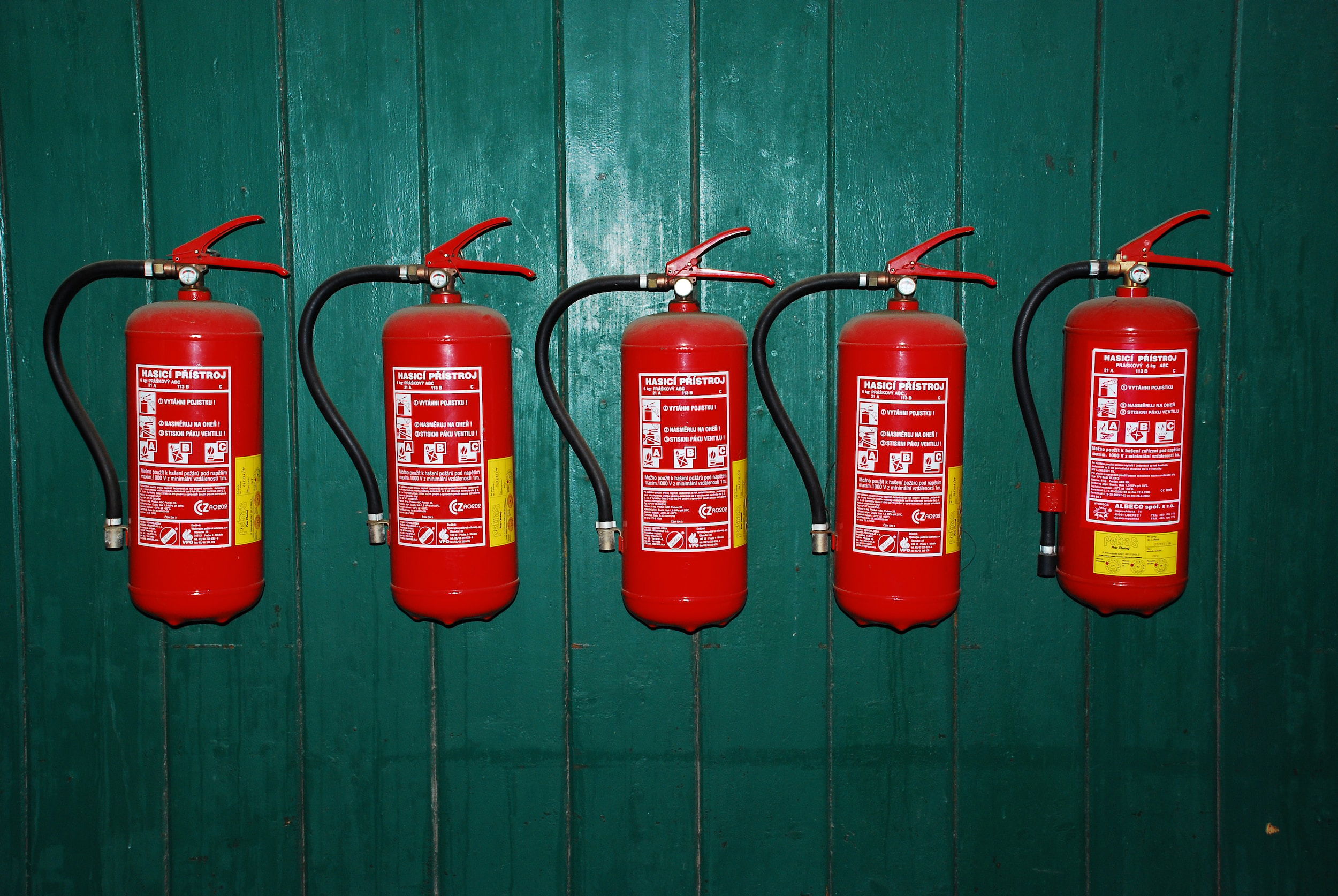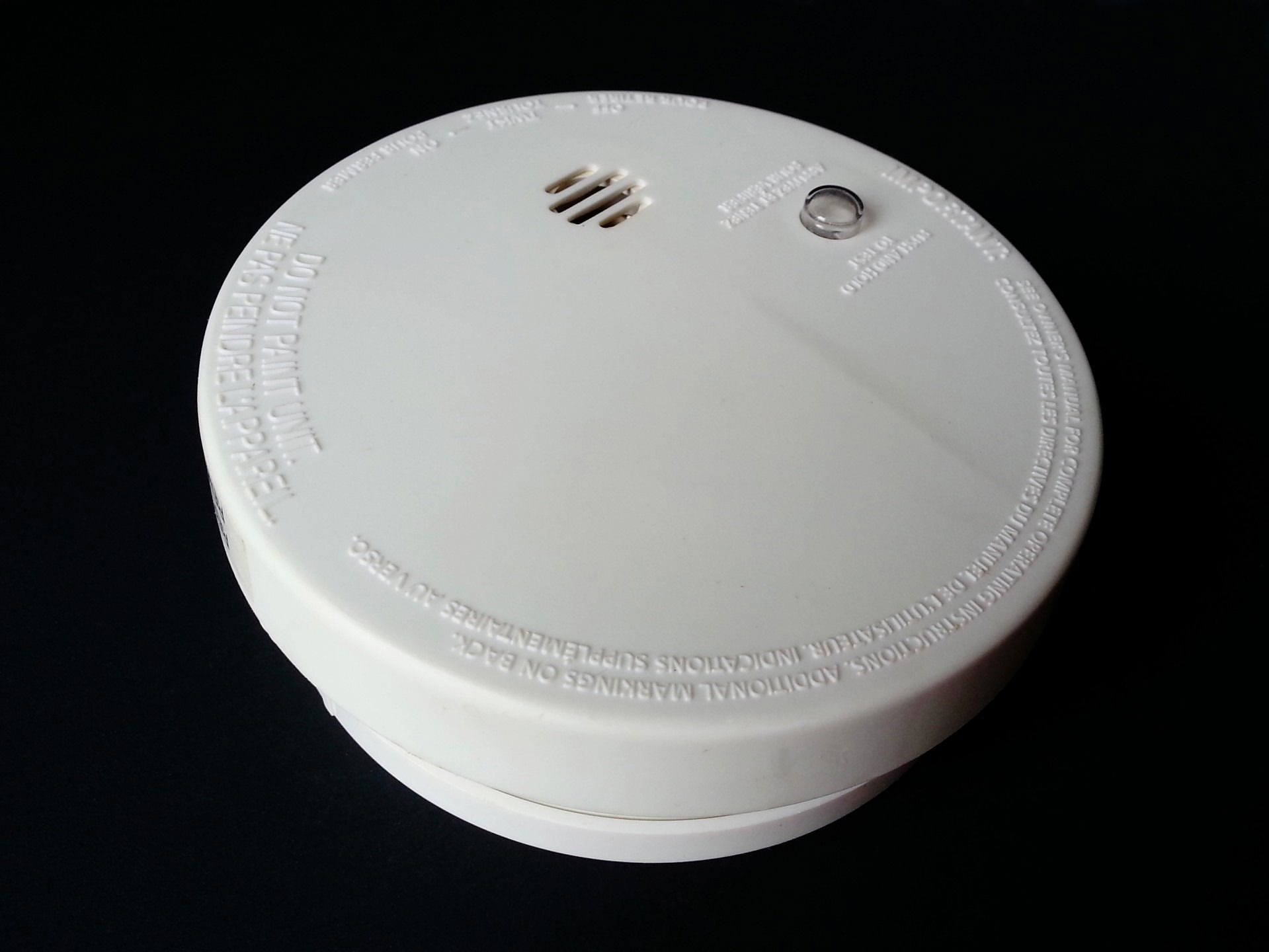Fire Prevention and Preparedness: Safeguarding Your Home and Family
Fire is a devastating force that can cause extensive damage to property and pose serious threats to lives. However, with proper fire prevention and preparedness measures in place, you can significantly reduce the risk of fires and ensure the safety of your home and family. This comprehensive guide outlines essential strategies for fire prevention and how to be prepared in case of a fire emergency.

The Importance of Fire Prevention
Preventing fires is the first line of defense in safeguarding your home and loved ones. By addressing potential fire hazards and adopting safety measures, you can significantly lower the risk of fires breaking out. Here are key fire prevention strategies:
Smoke Alarms and Detectors
Install smoke alarms on every floor of your home, especially in bedrooms and hallways. Regularly test alarms and replace batteries at least once a year. Consider interconnected alarms, so when one alarm detects smoke, all alarms sound, providing early warning.
Safe Cooking Practices
Unattended cooking is a leading cause of home fires. Always stay in the kitchen when frying, grilling, or broiling food. Keep flammable items like towels, pot holders, and paper away from the stove.
Electrical Safety
Inspect cords and outlets for damage, and avoid overloading electrical circuits. Unplug appliances when not in use and never run cords under rugs or furniture.
Candle and Open Flame Safety
Keep candles in sturdy holders and place them away from flammable materials. Never leave candles unattended, and consider using flameless candles for ambiance.
Heating Equipment Maintenance
Regularly clean chimneys, furnaces, and space heaters. Keep a clear space of at least three feet around heating equipment, and never leave space heaters unattended.
Fire Preparedness: Creating an Emergency Plan
Being prepared for a fire emergency is just as important as preventing fires. Having a well-thought-out emergency plan can make all the difference during a high-stress situation. Here's what you need to include in your fire preparedness plan:
Escape Routes
Identify multiple escape routes from each room in your home. Ensure windows and doors can be easily opened. Practice fire drills with your family, including children, to ensure everyone knows how to escape.
Meeting Point
Designate a meeting point a safe distance from your home. This helps ensure that all family members are accounted for once everyone has evacuated.
Emergency Contacts
Keep a list of emergency contact numbers, including local fire departments and medical services, near your phone. Ensure that all family members know how to call for help.
Fire Extinguishers
Place fire extinguishers in key areas, such as the kitchen and garage. Make sure everyone knows how to use them. Remember, fire extinguishers are best for small, manageable fires – don't put yourself at risk for larger fires.
Stop, Drop, and Roll
Teach children the basics of stop, drop, and roll. In case their clothing catches fire, this technique can help minimize injuries.
Stay Low in Smoke
Explain to your family that in a fire, smoke rises. Teach them to stay low to the ground while escaping to minimize smoke inhalation.
Reacting During a Fire
Even with the best prevention and preparedness measures, fires can still occur. It's crucial to know how to react in case of a fire emergency:
- Alert Everyone: Sound the smoke alarms and alert all family members immediately.
- Evacuate Safely: Follow your escape plan, and evacuate calmly and swiftly. Do not waste time collecting belongings.
- Stay Low: If there's smoke, stay low to avoid smoke inhalation.
- Close Doors: Close doors behind you to slow down the spread of the fire.
- Use a Fire Extinguisher: If safe to do so, use a fire extinguisher to control a small fire. Otherwise, leave the firefighting to professionals.
- Call for Help: Call emergency services once you're safely outside.

Conclusion
Fire prevention and preparedness are essential components of home safety. By adopting fire prevention strategies, creating a comprehensive emergency plan, and knowing how to react during a fire, you can significantly reduce the risks associated with fires. Remember, preparation and education are key to keeping your home and family safe in the face of this potential danger.
Sources:
- National Fire Protection Association. (2021). Fire Prevention Tips. https://www.nfpa.org/Public-Education/Fire-causes-and-risks/Top-fire-causes
- Ready.gov. (2021). Fire Safety. https://www.ready.gov/fire
- American Red Cross. (2021). Home Fire Safety. https://www.redcross.org/get-help/how-to-prepare-for-emergencies/types-of-emergencies/fire.html
- Centers for Disease Control and Prevention. (2021). Fire Deaths and Injuries: Prevention Tips. https://www.cdc.gov/disasters/fire/deaths.html
- U.S. Fire Administration. (2021). Escape Planning. https://www.usfa.fema.gov/prevention/outreach/escape.html